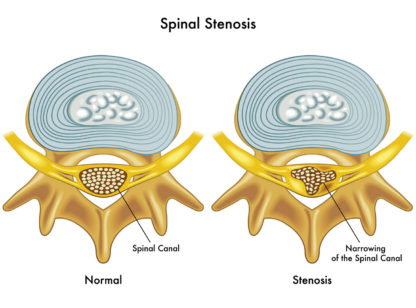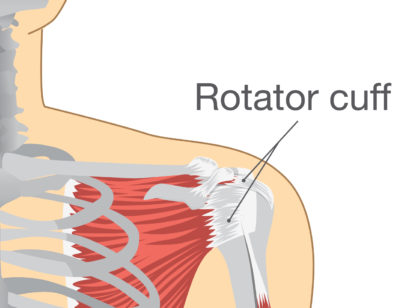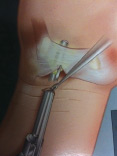Sports fans across the nation have platelet-rich plasma (PRP) to thank for helping some of their favorite athletes get back on the field after an injury. Earlier this year, when Los Angeles Angels pitcher Griffin Canning suffered an ulnar collateral ligament (UCL) injury in his pitching elbow, he elected to pursue treatment with PRP. Several months after the procedure, Canning shared, “It just feels like normal, honestly, like my elbow has felt in the past when I haven’t had any issues with it.” Canning is just one of many who have sought a non-surgical approach to relieve their pain. While many athletes pursue this treatment, PRP is also an excellent option for anyone at any age, searching for a non-invasive way to reduce pain and improve function.
Platelet-rich plasma is exactly what it sounds like – blood plasma that has a high concentration of platelets. While blood naturally has many platelets, PRP involves increasing the concentration by at least double, often more. This procedure involves drawing the patient’s blood and spinning it in a centrifuge to separate the whole blood into layers so the PRP can be identified and isolated. The process yields plasma that is highly saturated with platelets. The plasma is then injected directly into the affected area. The entire process, from blood draw to injection, takes roughly an hour.
Platelets are tiny cell fragments in the blood that, when activated, release beneficial proteins called growth factors. These growth factors improve cell signaling, blood clotting and overall tissue regeneration and healing. During the PRP procedure, platelets can release growth factors and improve the environment of the injured area. The PRP treatment exploits the therapeutic properties of platelets and specifically directs them into the area to stimulate a healing response.
PRP is an excellent choice for treating various musculoskeletal injuries, including arthritis, tennis or golfer’s elbow and Achilles tendonitis, to name a few. A notable study demonstrated the objective healing properties of PRP. Published in January 2020, the study researched PRP’s effects on both knees from 23 women with osteoarthritis by observing MRIs before and eight months after treatment. There was a significant improvement in the knee cartilage volume and decreased inflammation of the joint membrane with PRP.1 Clinical research has also shown positive outcomes based on patients’ reports of pain level. A 2016 study used a variety of scales to measure pain level and quality of life. Patients who had PRP treatment reported improvement on all scales.2
PRP is a relatively safe, low-risk treatment option as the blood comes directly from the patient. This autologous process eliminates the possibility of an immune or allergic reaction since nothing is foreign for the body to attack or reject. It also eliminates the possibility of disease transmissions, such as HIV or hepatitis.
PRP is still an emerging treatment option. However, many promising studies show its objective and subjective benefits. The manipulation of platelets’ healing properties can have a favorable impact on alleviating pain and restoring a patient’s quality of life – athlete or not.
Founding physician Eric Sickinger, DO and medical assistant Thalie Timsit, BS are with Advanced Center for Sports & Musculoskeletal Medicine. For more information, contact their Palm Desert office at (760) 636.1067 or the San Clemente office at (949) 388.1060, or visit www.SportsandMSKmedicine.com.
References:
1) Raeissadat SA, Ghorbani E, Sanei Taheri M, et al. MRI Changes After Platelet Rich Plasma Injection in Knee Osteoarthritis (Randomized Clinical Trial). J Pain Res. 2020;13:65-73. Published 2020 Jan 10. doi:10.2147/JPR.S204788;
2) Montañez-Heredia, Elvira, et al. “Intra-Articular Injections of Platelet-Rich Plasma versus Hyaluronic Acid in the Treatment of Osteoarthritic Knee Pain: A Randomized Clinical Trial in the Context of the Spanish National Health Care System.” International Journal of Molecular Sciences, vol. 17, no. 7, 2016, p. 1064., doi:10.3390/ijms17071064.











































Comments (0)